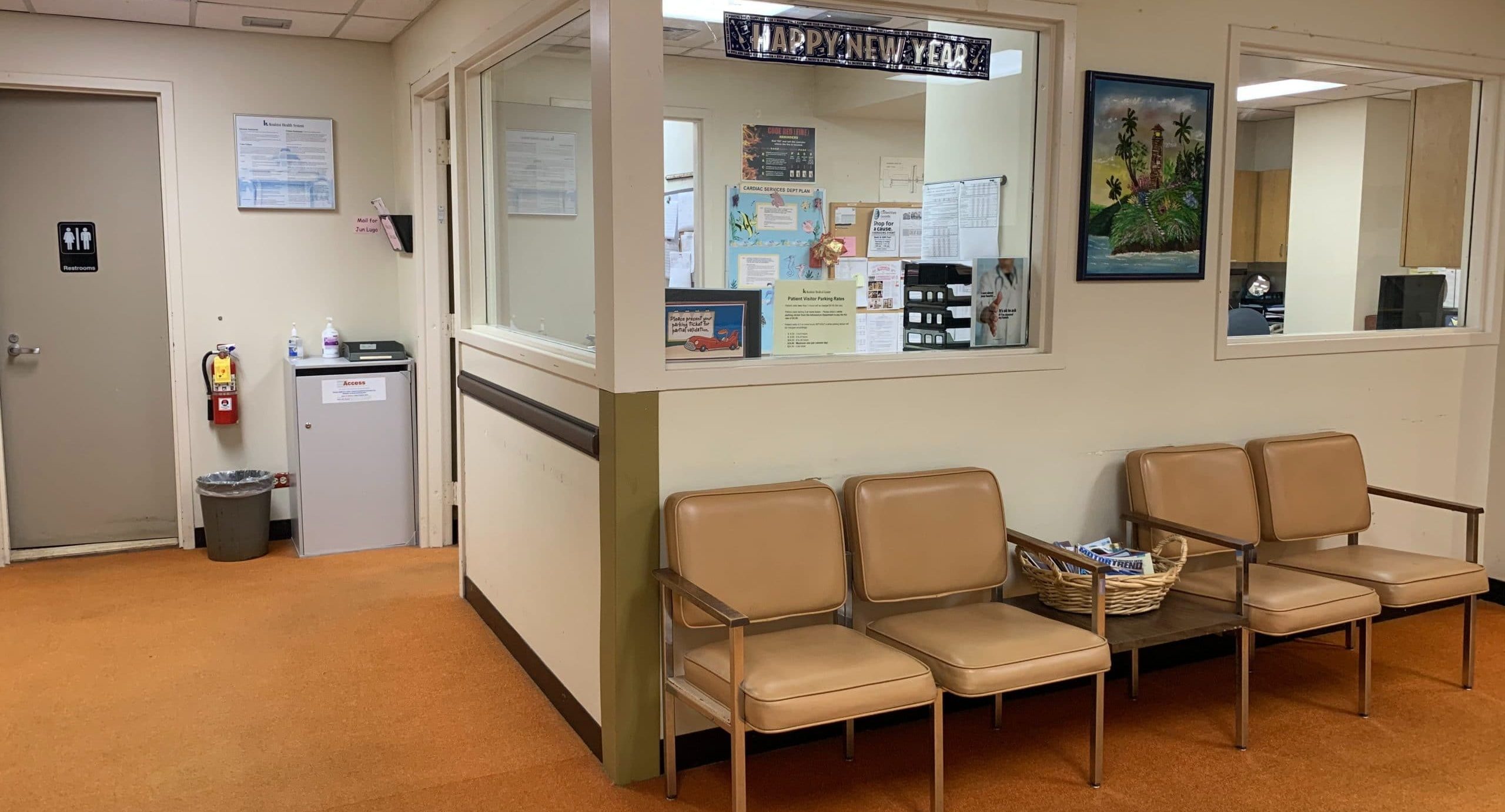 Richard Armitage is a GP and Public Health Specialty Registrar affiliated with the Division of Epidemiology & Public Health at the University of Nottingham. He is on Twitter: @drricharmitage
Richard Armitage is a GP and Public Health Specialty Registrar affiliated with the Division of Epidemiology & Public Health at the University of Nottingham. He is on Twitter: @drricharmitage
The COVID-19 pandemic has placed unprecedented demands on general practice in a variety of forms: firstly, to provide a variety of clinical services specifically designed to combat the pandemic; secondly, to adapt to remote ways of working facilitated by digital technologies; thirdly, to maintain ‘everyday’ general practice under immense patient demands, a fatiguing workforce, and increasing staff shortages. A seemingly unintended by-product of these adaptations is the significant shift towards providing general practice appointments that take place on the same day as or one day after their booking.
Data from NHS Digital reveals that, before the COVID-19 pandemic (data available from June 2019 to March 2020), 68.3% of total monthly general practice appointments in England took place on the same day as or one day after their booking on average. This figure increased by 14.8% to 78.4% after the pandemic (data from April 2020 to November 2021), reflecting 1,285,498 more appointments of this type per month on average (average monthly total appointments of this type before and after the pandemic was 12,385,232 and 13,670,730, respectively).1
The improved accessed to same-day or following-day appointments since the onset of the pandemic is associated with an improvement in the proportion of general practice appointments that were booked but not attended (‘did not attend’, or ‘DNA’) across this period. Before the pandemic (data available from June 2019 to March 2020), 5.1% of total monthly general practice appointments in England were recorded as DNA on average. This figure decreased by 23.5% to 3.9% after the pandemic (data from April 2020 to November 2021), reflecting 330,258 fewer missed appointments per month on average (average monthly total missed appointments before and after the pandemic was 1,285,461 and 955,203, respectively).1
While the total monthly appointments undertaken in primary care has increased since the onset of the pandemic (the average monthly number of appointments in June 2021 to November 2021 [27,527,272] was 8.4% greater than the corresponding figure in June 2019 to March 2020 [25,392,012]),1 this does not explain the entirety of the increase in same-day and following-day appointments.
Before the pandemic, 31.6% of total monthly general practice appointments in England were booked eight or more days in advance…
Before the pandemic (data available from June 2019 to March 2020), 31.6% of total monthly general practice appointments in England were booked eight or more days in advance on average. This figure reduced by 32.0% to 21.5% after the pandemic (data from April 2020 to November 2021), reflecting 2,730,403 fewer appointments of this type per month on average (average monthly total appointments of this type before and after the pandemic was 8,034,858 and 5,304,455, respectively).1
These data reveal that a substantial proportion of appointments undertaken in general practice has shifted from those planned at least eight days in advance to those taking place on the same-day or day-following their booking.
While patients may value an improvement in the availability of same-day or day-following appointments, this metric represents only one element of quality care in general practice. In fact, in a previous study of 12,825 patients across 47 practices, it was found that a 10% increase in the proportion of same-day appointments was associated with an 8% reduction in the proportion of patients satisfied,2 while other work showed that speed of access is of limited importance to patients, and for many this is superseded by various other factors including choice of clinician or convenience of appointment.3
…general practice is increasingly providing reactive care at the expense of preventative interventions, long-term management, and continuity of care…
This shift from planned in advance to same-day and following-day appointments suggests general practice is increasingly providing reactive care at the expense of preventative interventions, long-term management, and continuity of care between patients and clinicians with whom they have established rapport. These elements of general practice are known to be highly valued by patients, clinicians, and health outcomes alike,4 reaffirming that speed of access is not the only relevant variable.
Accordingly, the degree to which access to planned-in-advance appointments should be traded-off against access to same-day appointments requires an open debate that considers patient preferences, general practice infrastructure, the demands of the pandemic, and population health targets. Absent this debate, any shift in appointment proportions will be determined by alternative factors that are unlikely to result in better patient care. It has been suggested that the recently observed shift towards same-day appointments has been driven and facilitated by the widespread uptake of digital technology-enabled remote consultations.4 While these technologies provide clear benefits to general practitioners and their patients, they must not be allowed to dictate how patient care is delivered. Instead, their power should be harnessed to help deliver the optimum balance of same-day and planned appointments, once this balance has been defined.
References
- NHS Digital. Appointments in General Practice. https://digital.nhs.uk/data-and-information/publications/statistical/appointments-in-general-practice [accessed 30 December 2021]
- Sampson F, Pickin M, O’Cathain A, Goodall S, Salisbury C. Impact of same-day appointments on patient satisfaction with general practice appointment systems. British Journal of General Practice 2008; 58 (554): 641-643. DOI: 10.3399/bjgp08X330780
- Rubin G, Bate A, George A, Shackley P, Hall N. Preferences for access to the GP: a discrete choice experiment. British Journal of General Practice 2006; 56(531): 743-748.
- The King’s Fund. Continuity of care and the patient experience. 2010. https://www.kingsfund.org.uk/sites/default/files/field/field_document/continuity-care-patient-experience-gp-inquiry-research-paper-mar11.pdf [accessed 30 December 2021]
- Green MA, McKee M, Katikireddi SV. Remote general practitioner consultations during COVID-19. The Lancet Digital Health 01 January 2022; 4(1): E7. DOI: 10.1016/S2589-7500(21)00279-X






